|
Whether we are sitting at a desk, bent over a computer at work, driving, relaxing in front of the TV sitting staring at our phones and curled up sleeping, we spend hours each day in a 'flexed' position. This can lead to pain, tightness and/or injury if we don't take proactive steps to unwind and open up the body in the opposite direction. As a remedial massage therapist and personal trainer I see first hand the impact this can have on the musculoskeletal system. Clients come in complaining of neck pain, lower back stiffness, headaches and everything in between. Sitting for long periods of time can be a huge contributing factor to a lot of the conditions we see in clinic on a day to day basis. In this blog, I want to help you to understand the mechanism behind sitting and what this does to the body, as well as some tips to help to reverse the impact of sitting and having the body in a 'flexed' position for long periods of time. What impact does sitting or bending over have on the body? The body functions best when we have good postural alignment, in a standing position. This is because weight is evenly distributed through the spine and joints. In this position our muscles don't have to work as hard to hold us up against gravity. When we sit or spend time with our body in a flexed (bent over) position this alignment changes, leading to a different distribution of our body weight on the musculoskeletal system. This change in alignment can lead to tightness, pain and/or injury because muscles and joints that aren't built to support us for long periods of time end up doing just that. This can lead to fatigue in these muscles, which can lead to poor posture which further exacerbates the problem. What is Anterior Tightness?When health professionals learn about muscles we learn about them having an origin (a fixed point of attachment of the muscle to the body, usually a bone) and an insertion (the part of the body that the muscle attaches to that moves when the muscle contracts.) Between the origin and insertion there are muscle fibres which make up the part of the muscle that helps us to create movement. When we sit or spend time bent over, particularly when we add in poor posture to these positions, the muscle on the anterior (front of your body) end up in a shortened state for long periods of time. This means the origin of these muscles is closer to the insertion causing the muscle fibres to 'bunch up,' which can lead to muscle tightness. This tightness can lead to poor posture, altered joint range of motion and place excessive strain on areas like you lower back, upper back, neck, and shoulders. You know, the areas most people complain about when they come in to get a massage! The anterior muscles of your body that shorten with sitting include but are not limited to your pecs (chest muscles), abdominals, hip flexors and quads. How to Help!
3. Move! Anything you can do to help open up the body the opposite way is going to decrease the impact of sitting or spending time in a curled up position. Set a timer on your phone to remind you stand up regularly at work. Get up in the TV breaks! Jump up quickly before the next Netflix episode starts, to help to remind the body that sitting is not a normal position, and take a bit of load off these areas of the body. 4. Open Up! The position shown below, can be a nice way to open the quads, anterior hips, and chest. Yet is you haven't done too much I have included a few progressions and some warm up exercises to help you work up to this position. Please note that the position below can be provocative to anyone with a lower back issue. Check with your remedial massage therapist or allied health professional to determine whether this exercise would be beneficial for you and at what level you should start!
Stretches that can help!Spend 1 - 2 minutes on the following stretching and foam rolling exercises to further help open up the body. For more information on these stretches have a look at our upper body and lower body stretching and triggering pages.
Good luck! If you have any queries or concerns or want some additional help to decrease the impact of sitting please feel free to contact me via email shane@justkneadit.com.au. I also share helpful tips on both the @justkneadit and @asmussen.shane instagram pages. Remedial Massage can be a great tool to help decrease the effects of sitting. We can work through the muscles I have spoken about above and take a look at your posture (both seated and standing) to make sure that this is not contributing to pain, tightness and/or stiffness you are experiencing. To book in now use the link below or give us a call.
By Shane Asmussen Remedial Massage Therapist at Just Knead It |
AuthorKat Murray, Archives
March 2024
Categories
All
|


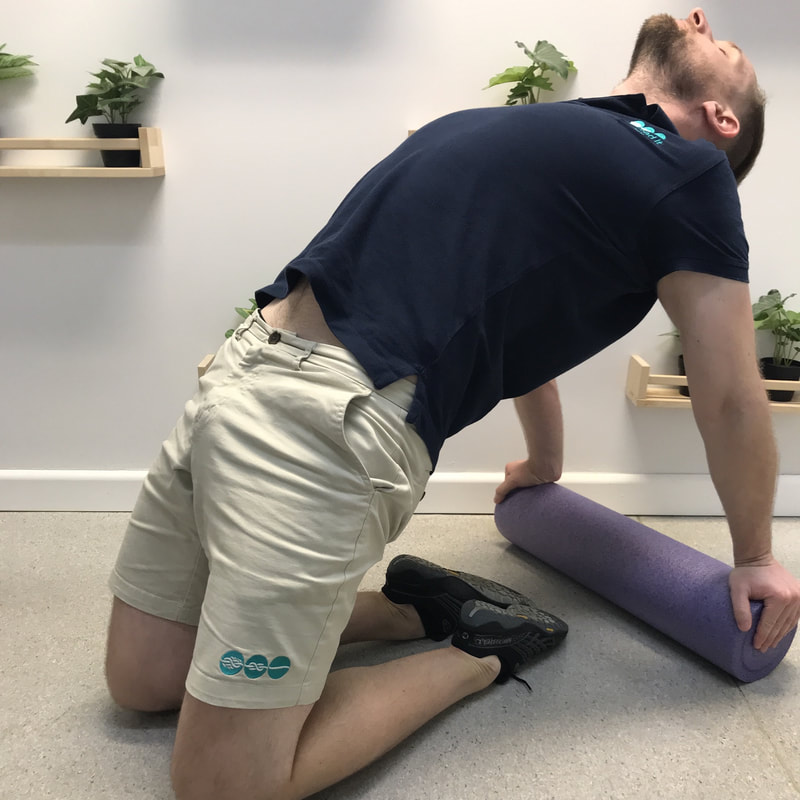
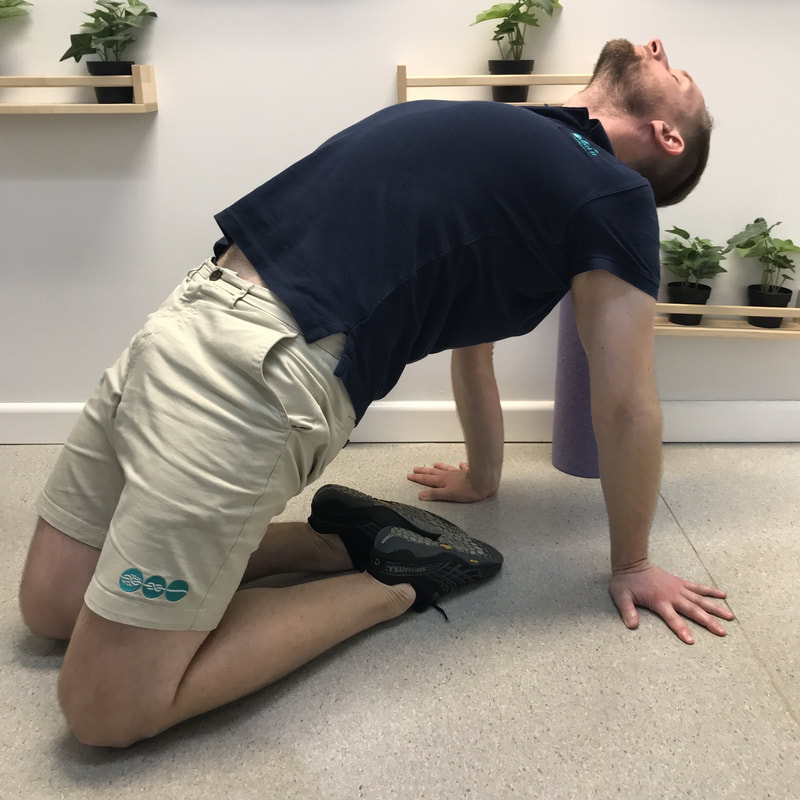
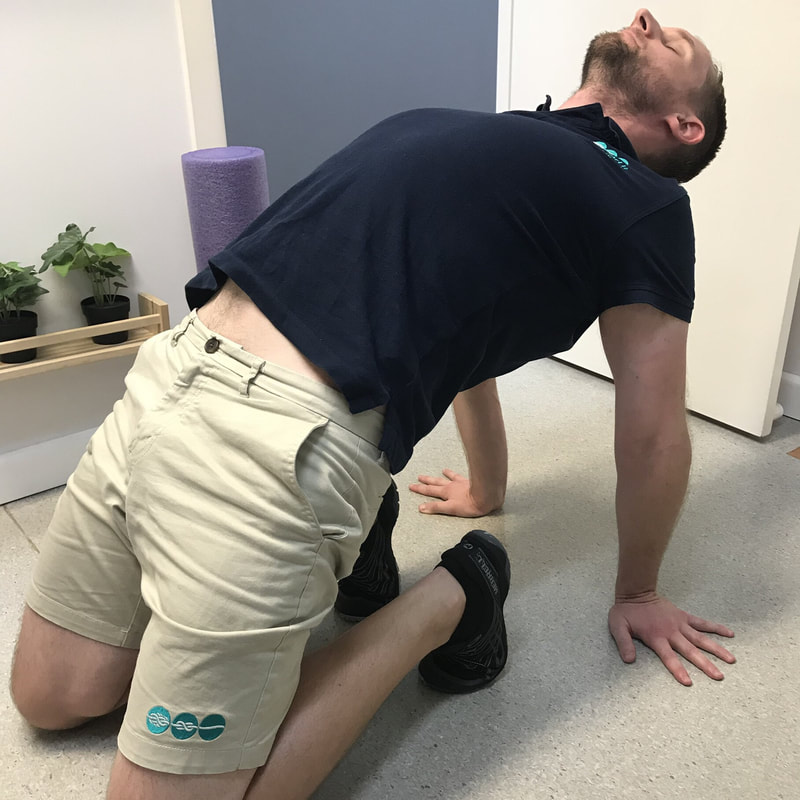
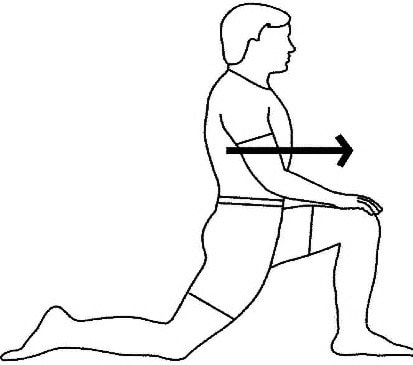
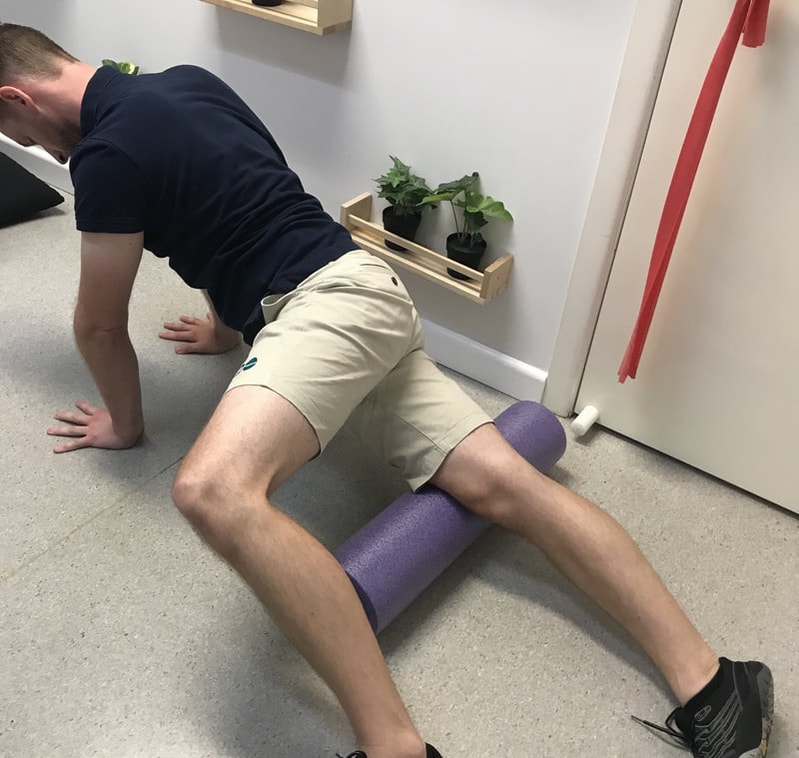
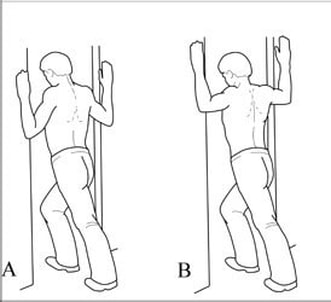
 RSS Feed
RSS Feed